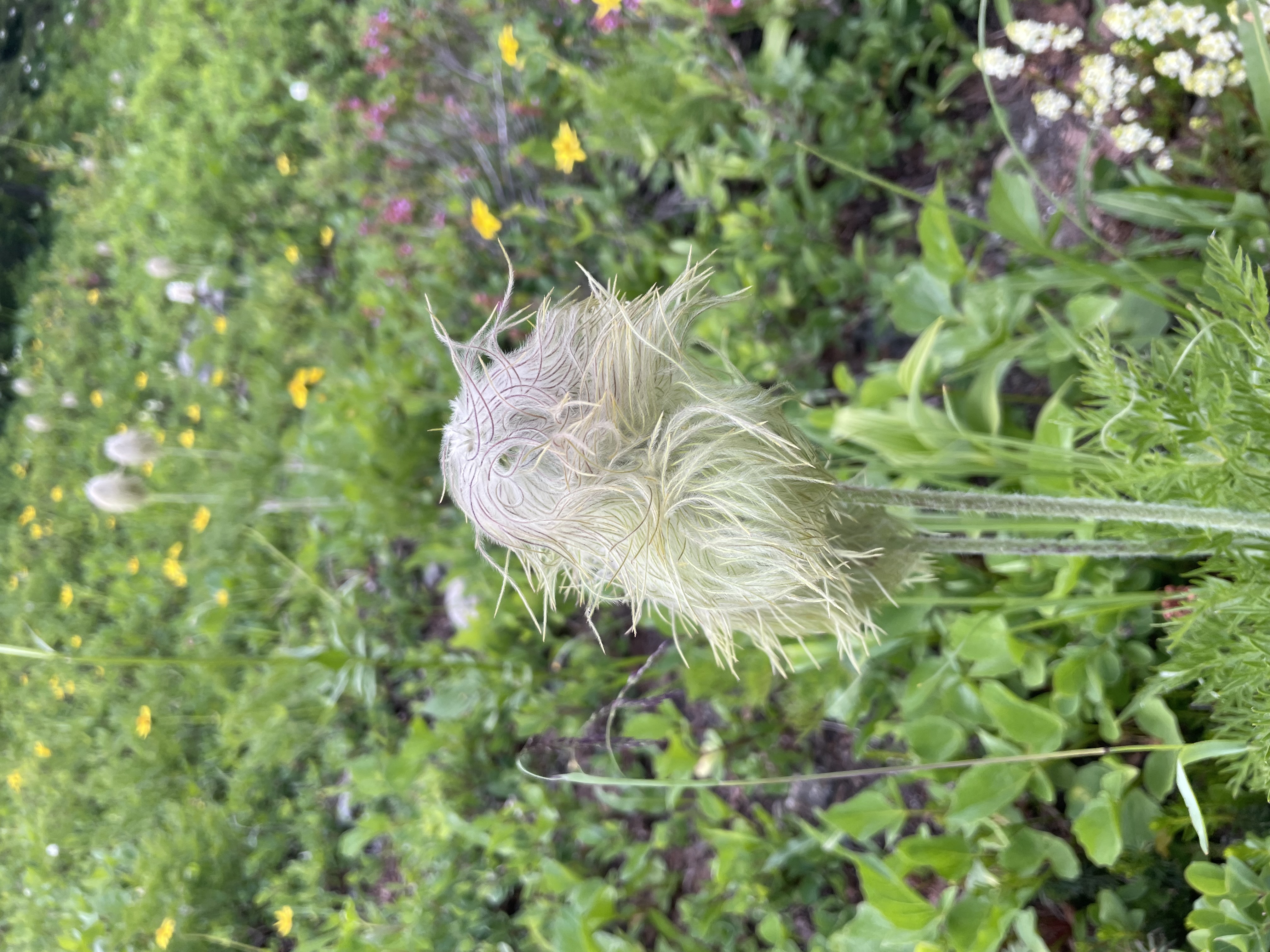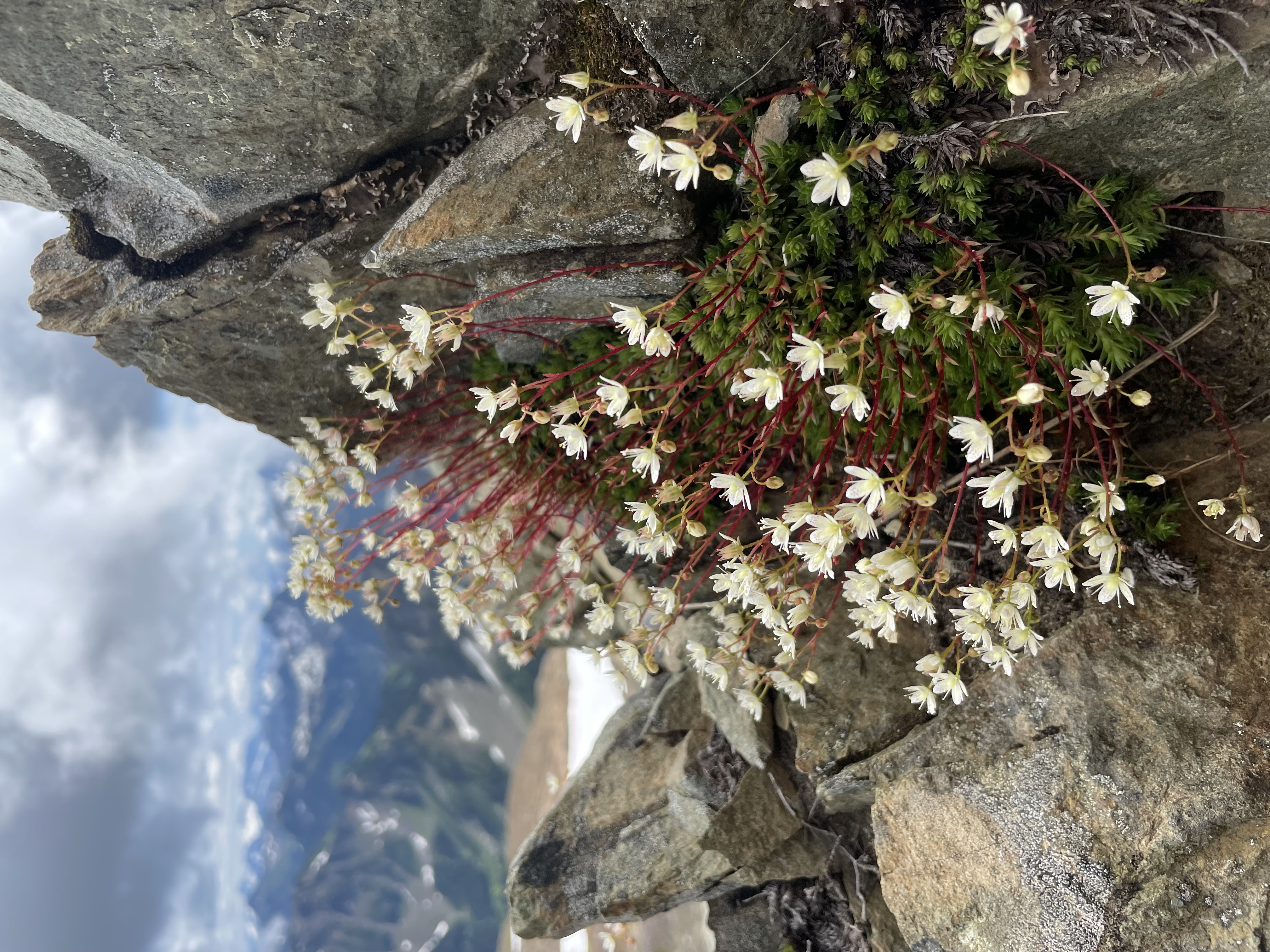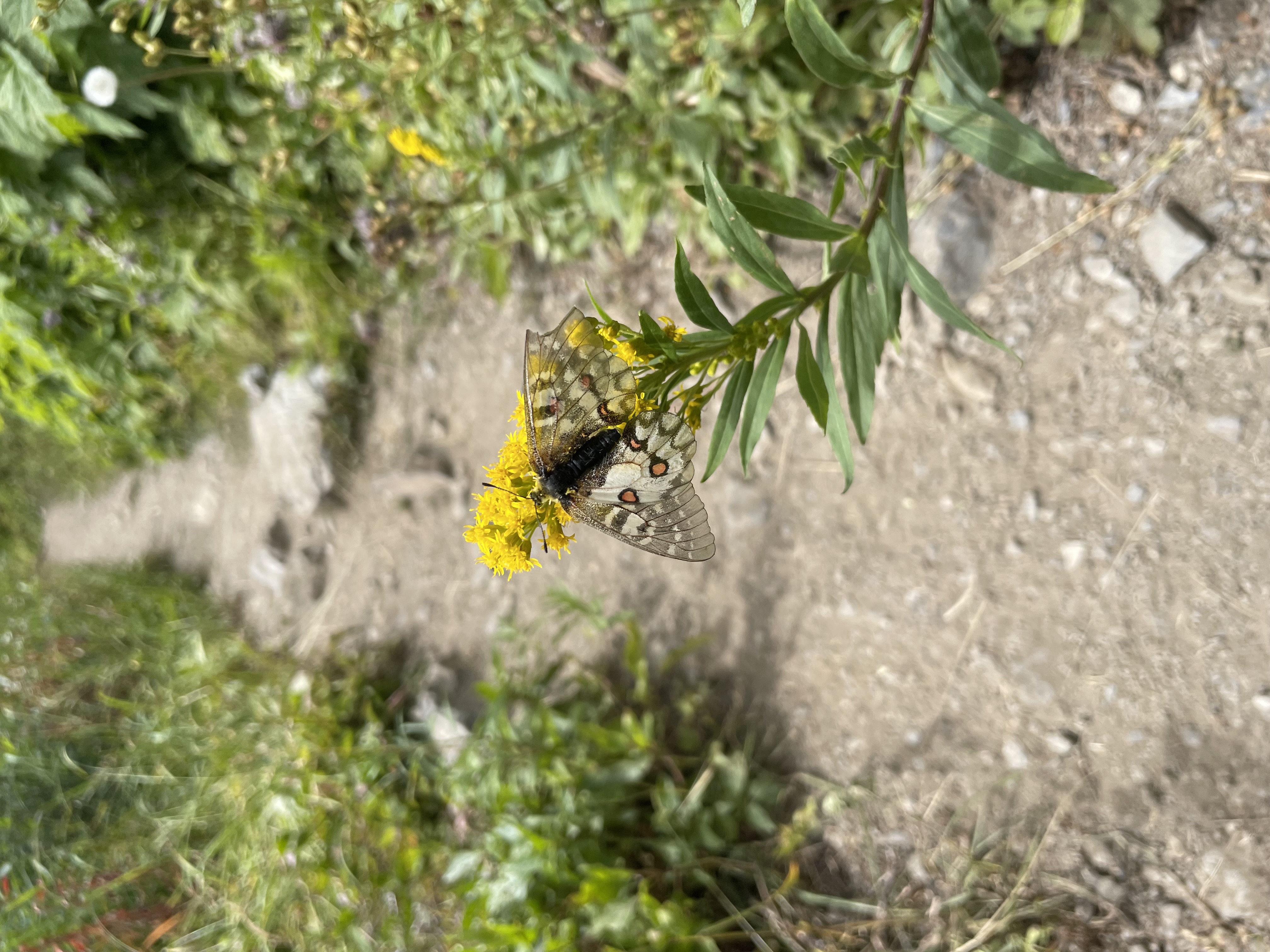Late July can mean a lot of different things for different people: summer vacations, the doom of college applications opening soon for rising seniors, or even a tortilla chip brand with a hint of lime flavor that is disappointingly bland compared to the Tostitos counterpart. However, for sub-alpine wildflowers, it’s their peak season. This came as a surprise to me, as I thought flowers only bloomed in spring. As you might have guessed from this observation, I knew nothing about these wildflowers, and I had never paid much attention to them until now.
One day, my neighbor invited my mom and me to go hiking at Mount Rainier because it was supposedly peak flower season. I was immediately excited but unsure of what to expect. We planned to go on July 20 and bought our timed entry ticket the day before, so we wouldn’t have to wake up at 4:30 a.m. Now, we only had to wake up at 5:30. (Though I have a theory that before 7:00, it doesn’t even matter when you wake up — it’s going to be hard anyway.)
Once we got to the Sunrise Visitor Center area, we were greeted with cold winds and the women’s bathroom being closed for cleaning — for two hours. Not the best start. However, we reached the beginning of the trail to Berkeley Park and started our trek. At first, we didn’t see much of what we were looking for. There were pretty views of the mountains, but not many flowers. We reached a valley, and suddenly, the flowers started appearing. We had taken pictures of a board at the visitor center that listed flowers and their names, so we tried to identify them along the hike. I was almost speechless and as we kept hiking, the flowers just kept getting better and better. (And so did the marmots.)
We saw these incredibly bright, almost fluorescent-looking colors. The Magenta Paintbrush, which was my mom’s favorite, had this powerful pink color that looked like you could actually paint something with it because of the incredible pigment. The Western Pasqueflower, which might be my favorite, looked exactly like a Truffula tree from The Lorax, only in miniature form. It seemed crazy that these flowers could grow in these conditions, let alone have such an assortment of bright colors and shapes. This thought kept puzzling me throughout the entire majestic hike, and later during my backpacking trip in the Mt. Baker-Snoqualmie National Forest. But what I found out gave me an even deeper respect for these flowers.

The deep pigmentation that was so remarkable has many important uses. First off, pigment is a secondary metabolite, meaning that it’s not directly involved in primary metabolic processes, but it helps with the plant’s survival. It acts almost like sunscreen, protecting new growth from the sun’s harmful UV rays — especially in the high-altitude mountains. I can attest to these harmful UV rays, as I’ve gotten burnt two times too many while spring skiing and hiking at 7,000 feet. Even though it’s cold and you have layers on, you better make sure you put sunscreen on all exposed areas. I recommend investing in a sunscreen lip balm. It is my savior and has prevented peeling, painful lips. (Honestly, it’s one of the worst places to get burnt.)
The flowers also attract animals through colors on the UV spectrum, which — even though invisible to the human eye — create nectar guides for insects like bees. These nectar guides do exactly what they sound like: they start with thin lines near the outside of the flower and get thicker and thicker as they move toward the center, where all the nectar is.
My next question was: how on earth can they survive the brutal winters, averaging about 53 feet of snowfall per year? It all starts at the beginning. When these flowers first grow, they start with the roots, creating an extensive system that helps control erosion. It also allows the plant to store energy in the form of carbohydrates for the following season which is not so different from a bear saving up for hibernation or me during Thanksgiving.

Further up the plant, the flowers and leaves have tiny hairs that protect them from the harsh, ever-changing temperatures. The fine hairs also diffuse light, serving as an additional layer of protection from the sun’s rays.
In terms of pollination, there wasn’t a single minute during the hike where I didn’t see or hear buzzing. This was no coincidence or mistake — these alpine flowers have adapted over hundreds of years to make themselves more appealing to various pollinators. For example, bird-pollinated flowers have a less concentrated nectar solution since birds can’t digest the syrupy, thick kind. Ant-pollinated flowers only produce nectar in small amounts, making the flower unappealing to larger, more destructive organisms. Once pollinators visit a flower, chances are they’ll return the next year, since they tend to stick to their original pollination patterns — even if other flowers with more nectar are available. (This is the type of loyalty we need, just saying.) The flowers do their part too by signaling, through scent, to the pollinators what time of day they’ll be open, and that can change by the hour.

All of these incredible features and adaptations, though, aren’t changing fast enough to keep up with the rate of climate change. A park volunteer told us, “With the hotter winters and summers, these flowers are blooming earlier than usual.” Their peak season used to be closer to August than July. I really do hope that everyone gets to see these wildflowers at least once in their life. There are stairs at the Paradise entrance of Mount Rainier with a John Muir quote that sums up these wildflowers perfectly: “The most luxuriant and the most extravagantly beautiful of all the alpine gardens I ever beheld in all my mountain-top wanderings.” And that guy wandered many a mountain-top so that’s saying something!